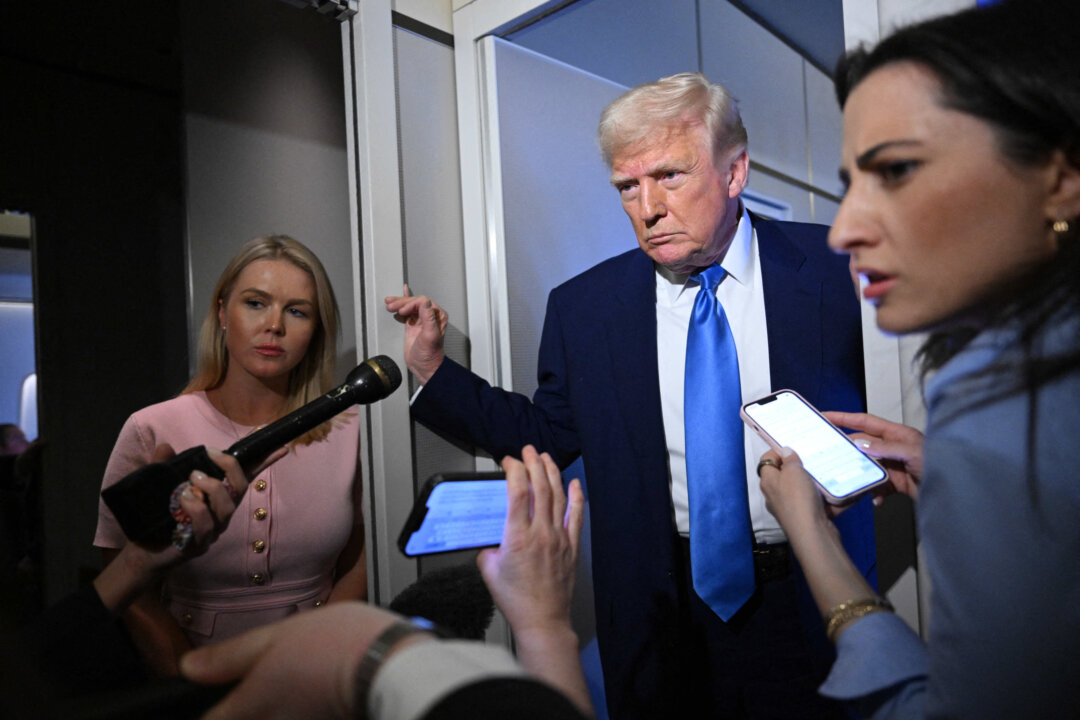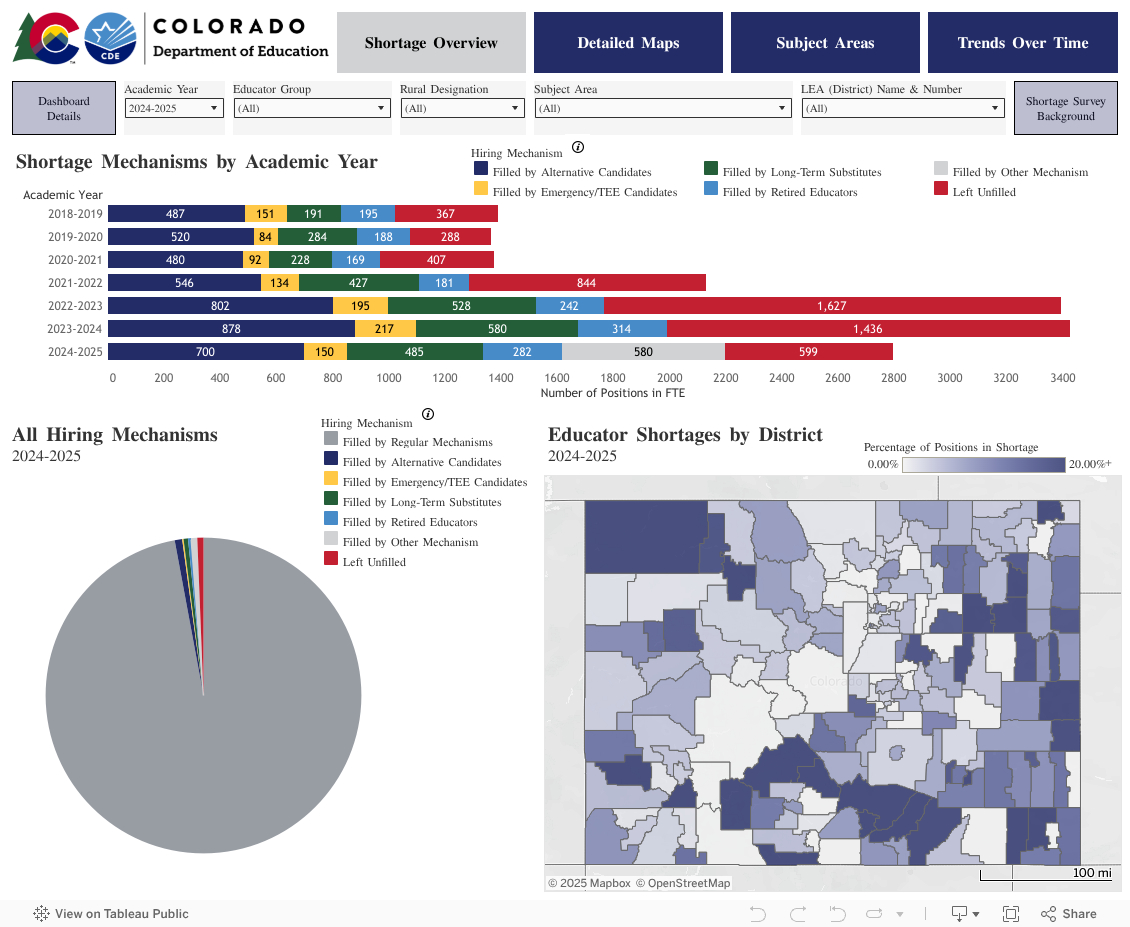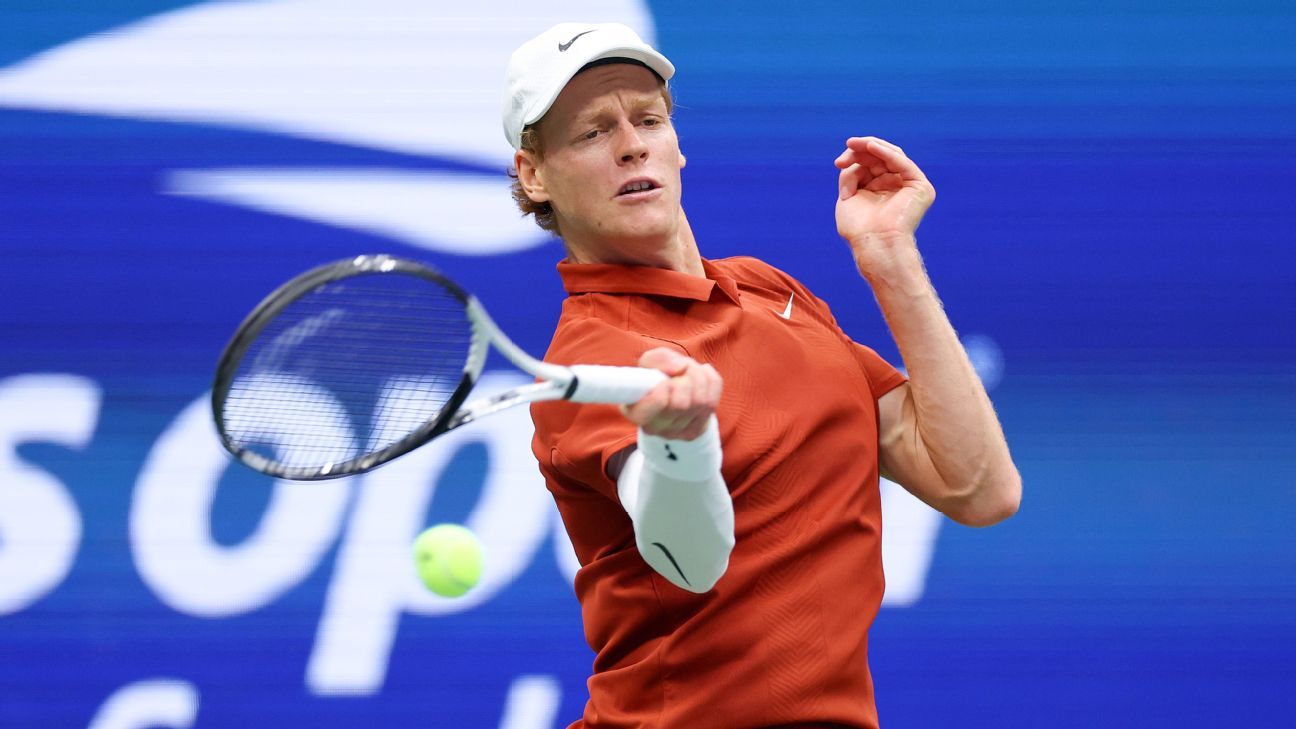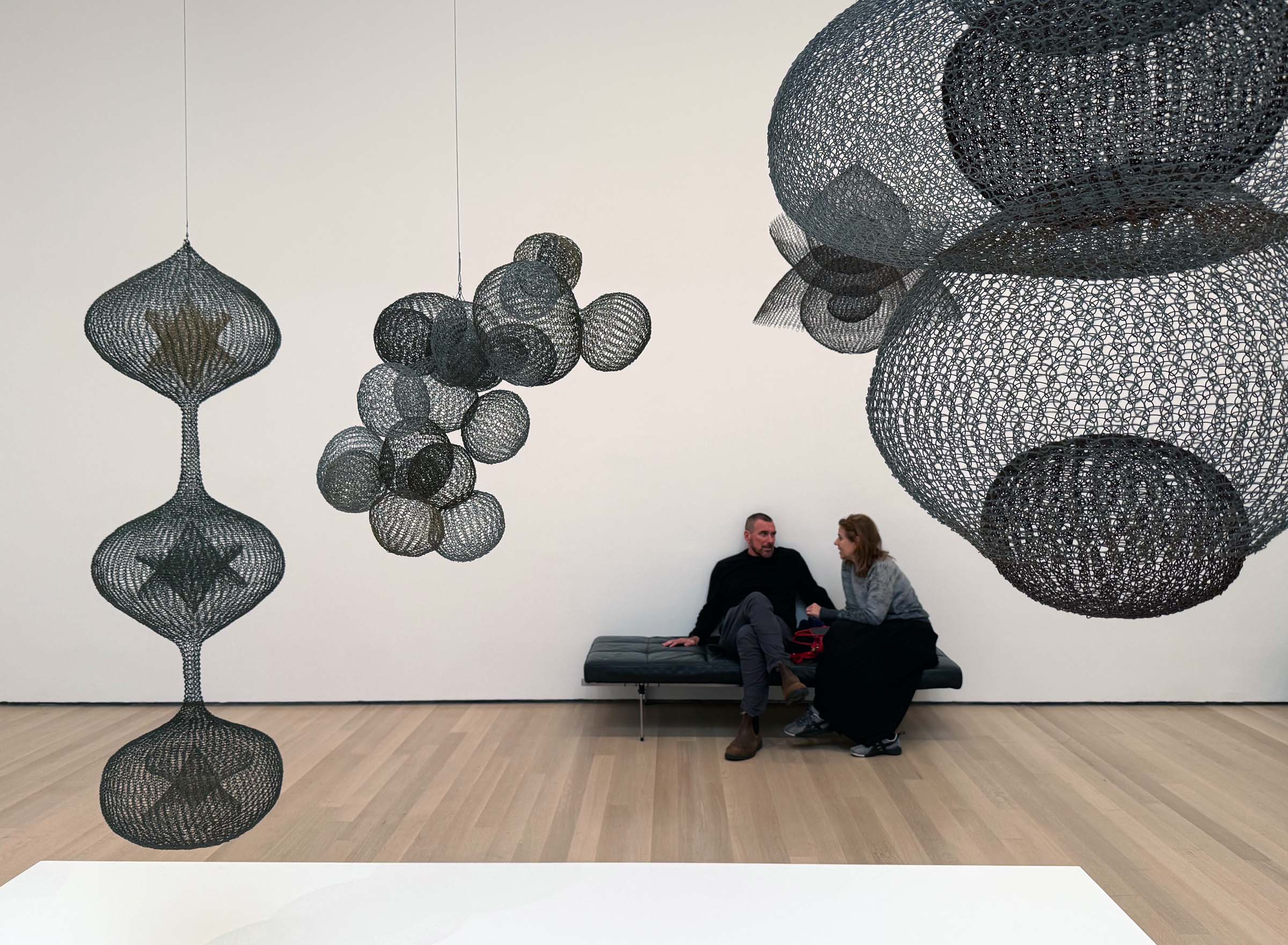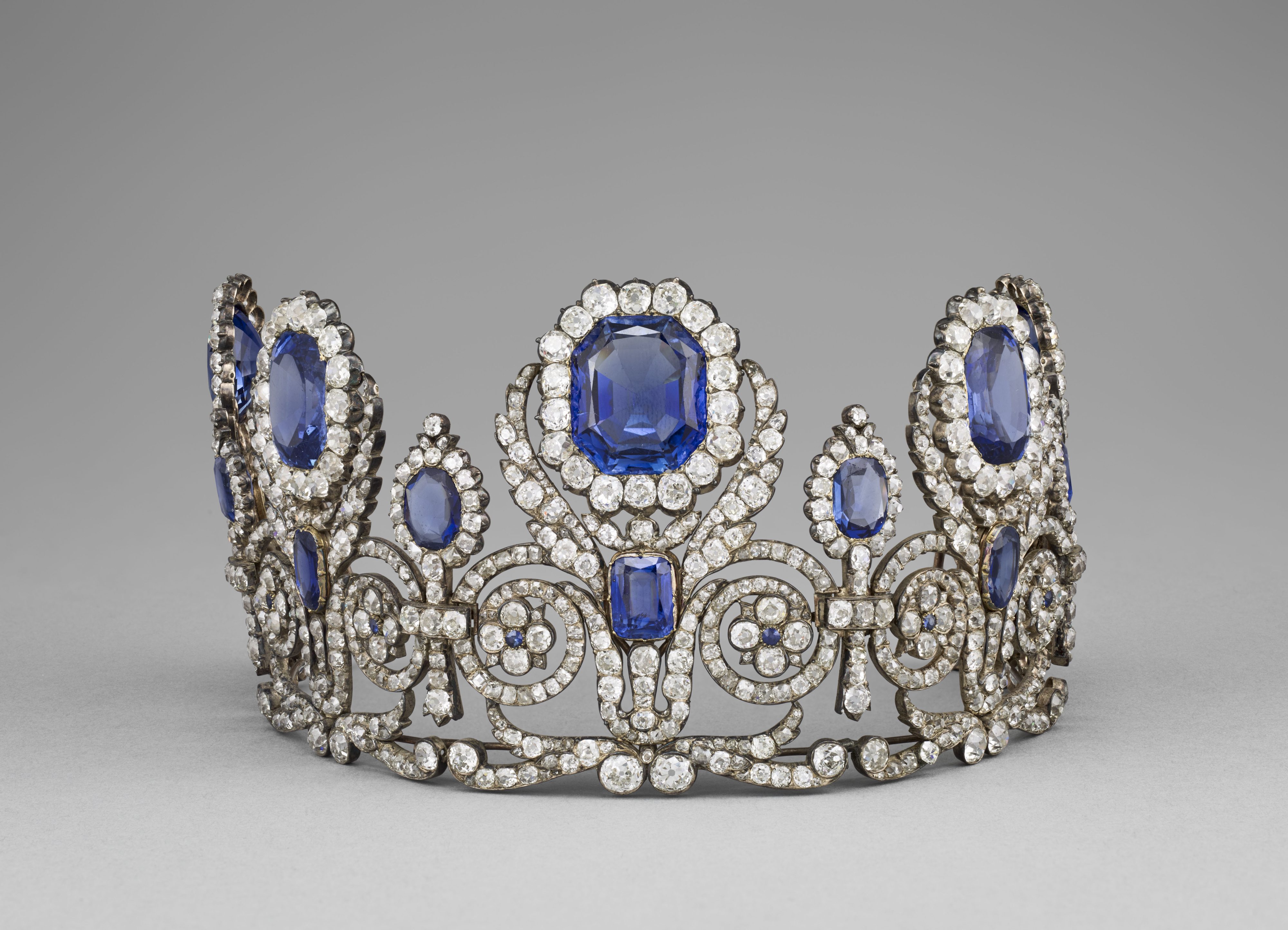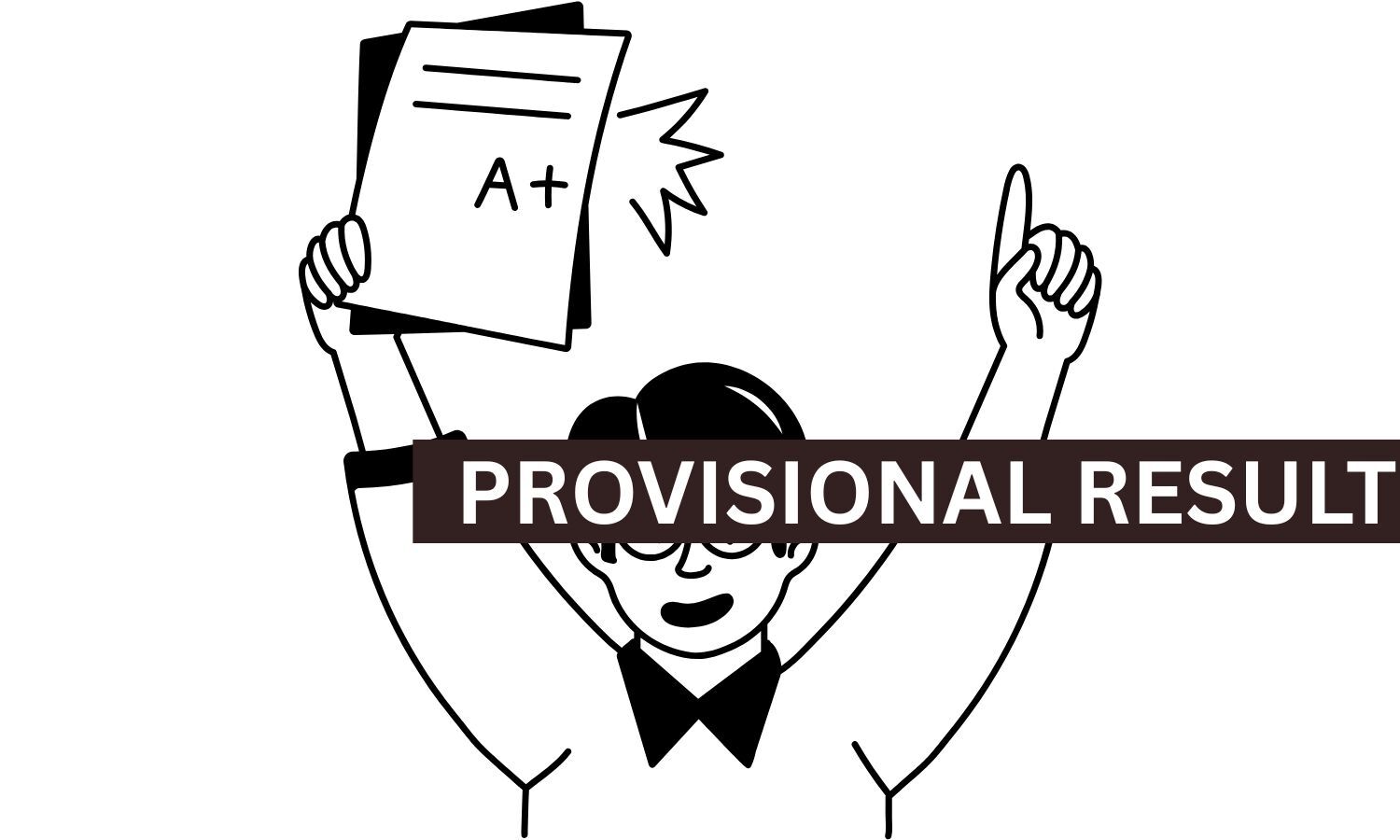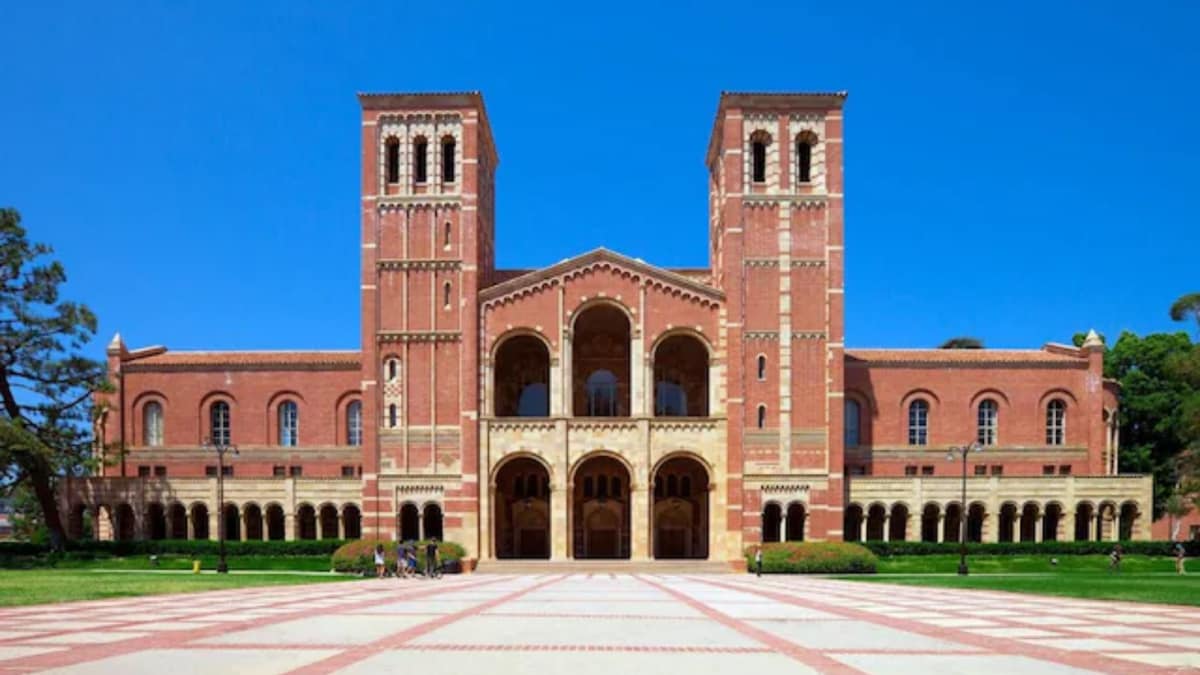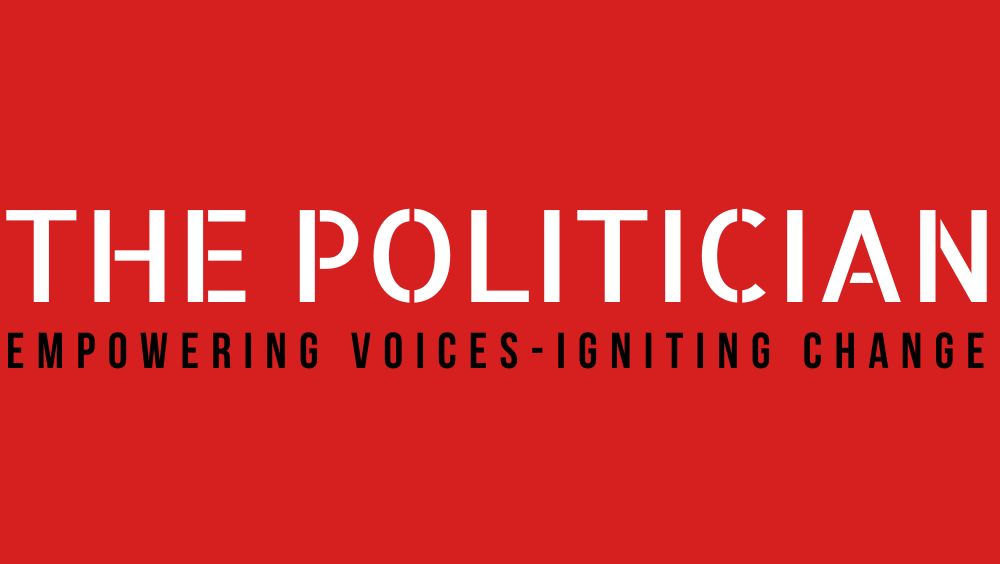Sanae Takaichi becomes Japan’s first female PM: Her connection with Shinzo Abe, India–Japan prospects, and challenges ahead
Conservative politician Sanae Takaichi was elected the first woman Prime Minister of Japan on Tuesday (21st October), marking a landmark moment and an unprecedented development in the country’s patriarchal political landscape. The ruling Liberal Democratic Party (LDP) leader first made history by becoming the first woman to become the president of her party, which paved the way for her election as the Prime Minister. Takaichi was elected to the position by defeating Shinjirō Koizumi, who has been serving as the Minister of Defence. She secured a clear majority with 237 out of 465 votes in the lower house and 125 votes in the Upper House of Parliament to become the Prime Minister. Takaichi, 64, will be leading a minority government in coalition with the Japan Innovation Party (JIP). The election of Takaichi, who is known as a hardliner conservative, indicates a shift in Japan’s political landscape. She has taken charge of the country during economically turbulent times in Japan. She is the fourth Prime Minister to be elected in a span of five years, after her predecessors failed to continue for their full terms due to different reasons. Takaichi, a music lover and a talented metal drummer, is also referred to as the “Iron Lady” for her admiration of the British stateswoman Margaret Thatcher. She holds conservative views on a number of issues, including gender ideology and immigration. Sanae Takaichi. (Images via X/@Tokyonobo) PM Sanae Takaichi and her Abe connection Takaichi was first elected to the Diet in 1993 and has held several ministerial posts since, including the Ministry of Internal Affairs and Communications and Minister of State for Economic Security. She also served in the cabinet of the late Japanese Prime Minister Shinzo Abe and worked closely with him on several key policy fronts. Sanae Takaichi with the former prime minister Shinzo Abe. (Image via Eugene Hoshiko/AP) Takaichi served as the minister of international communications under the late Prime Minister Shinzo Abe, from 2014 to 2017 and again from 2019 to 2020. She is known as a protégé of Abe, who endorsed her candidacy in several intra-party elections. She concurs with Abe’s vision on many aspects, including constitutional revision, stronger national security, assertive nationalism, and Abenomics, a set of economic policies implemented by Abe to revive the Japanese economy. Considering Shinzo Abe shared close ties with India, particularly with Prime Minister Modi, and that the period of his Prime Ministership is considered the golden period of India-Japan ties, Takaichi’s election to the Japanese Prime Minister’s office is being viewed as a positive development for India-Japan relations. After her election, Prime Minister Modi extended wishes to Sanae Takaichi and expressed hope for the evolution of special strategic India-Japan partnership under her leadership of Japan. “I extend my heartfelt congratulations to Sanae Takaichi upon her appointment as Prime Minister of Japan. I look forward to working closely together to further evolve the special strategic global partnership that Japan and India have built. A stronger Japan-India relationship is an indispensable element for achieving peace, stability, and prosperity in the Indo-Pacific region and beyond,” PM Modi posted on X on Tuesday. Heartiest congratulations, Sanae Takaichi, on your election as the Prime Minister of Japan. I look forward to working closely with you to further strengthen the India–Japan Special Strategic and Global Partnership. Our deepening ties are vital for peace, stability, and prosperity…— Narendra Modi (@narendramodi) October 21, 2025 PM Modi and Japanese PM Sanae Takaichi are expected to meet on the sidelines of the upcoming Association of South East Asian Nations (ASEAN) Summit and the East Asia Summit (EAS). Challenges before PM Sanae Takaichi Days after Takaichi was elected as the leader of her party, the Komeito party, a key coalition partner of her party, withdrew their support, citing disagreement with her conservative views. As a result, Takaichi had to rush into an alliance with the opposition’s Japan Innovation Party (JIP), which was finalised just a day before she was elected the Prime Minister. A last-minute alliance with an opposition party may affect her government’s ability to implement reforms and take unpopular decisions. Sanae Takaichi and leader of Japan Innovation Party, Hirofumi Yoshimura. (Image via AP) Apart from the domestic economic challenges, Takaichi also faces the challenge of strengthening Japan-US ties. Takaichi previously served as the defence minister and is a vocal supporter of the ‘Japan First’ approach and constitutional revisions to expand Japan’s military role. The US had been pushing for increasing Japan’s share in its defence responsibilities, which led Japan to pledge to raise its defence spending up to 2% of its GDP by 2027. Takaichi will have to maintain Japan’s re
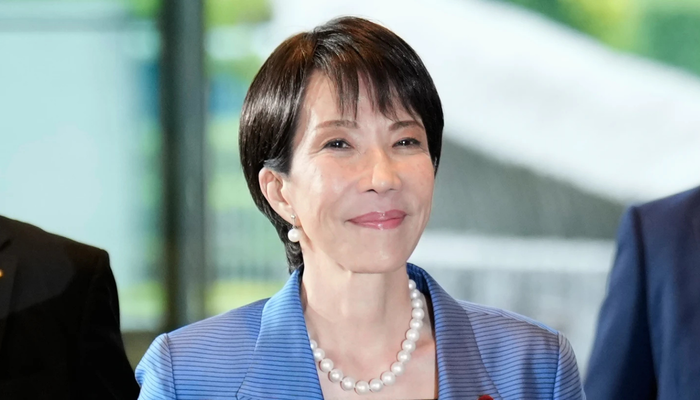


Conservative politician Sanae Takaichi was elected the first woman Prime Minister of Japan on Tuesday (21st October), marking a landmark moment and an unprecedented development in the country’s patriarchal political landscape. The ruling Liberal Democratic Party (LDP) leader first made history by becoming the first woman to become the president of her party, which paved the way for her election as the Prime Minister.
Takaichi was elected to the position by defeating Shinjirō Koizumi, who has been serving as the Minister of Defence. She secured a clear majority with 237 out of 465 votes in the lower house and 125 votes in the Upper House of Parliament to become the Prime Minister. Takaichi, 64, will be leading a minority government in coalition with the Japan Innovation Party (JIP).
The election of Takaichi, who is known as a hardliner conservative, indicates a shift in Japan’s political landscape. She has taken charge of the country during economically turbulent times in Japan. She is the fourth Prime Minister to be elected in a span of five years, after her predecessors failed to continue for their full terms due to different reasons.
Takaichi, a music lover and a talented metal drummer, is also referred to as the “Iron Lady” for her admiration of the British stateswoman Margaret Thatcher. She holds conservative views on a number of issues, including gender ideology and immigration.

PM Sanae Takaichi and her Abe connection
Takaichi was first elected to the Diet in 1993 and has held several ministerial posts since, including the Ministry of Internal Affairs and Communications and Minister of State for Economic Security. She also served in the cabinet of the late Japanese Prime Minister Shinzo Abe and worked closely with him on several key policy fronts.

Takaichi served as the minister of international communications under the late Prime Minister Shinzo Abe, from 2014 to 2017 and again from 2019 to 2020. She is known as a protégé of Abe, who endorsed her candidacy in several intra-party elections. She concurs with Abe’s vision on many aspects, including constitutional revision, stronger national security, assertive nationalism, and Abenomics, a set of economic policies implemented by Abe to revive the Japanese economy. Considering Shinzo Abe shared close ties with India, particularly with Prime Minister Modi, and that the period of his Prime Ministership is considered the golden period of India-Japan ties, Takaichi’s election to the Japanese Prime Minister’s office is being viewed as a positive development for India-Japan relations.
After her election, Prime Minister Modi extended wishes to Sanae Takaichi and expressed hope for the evolution of special strategic India-Japan partnership under her leadership of Japan. “I extend my heartfelt congratulations to Sanae Takaichi upon her appointment as Prime Minister of Japan. I look forward to working closely together to further evolve the special strategic global partnership that Japan and India have built. A stronger Japan-India relationship is an indispensable element for achieving peace, stability, and prosperity in the Indo-Pacific region and beyond,” PM Modi posted on X on Tuesday.
Heartiest congratulations, Sanae Takaichi, on your election as the Prime Minister of Japan. I look forward to working closely with you to further strengthen the India–Japan Special Strategic and Global Partnership. Our deepening ties are vital for peace, stability, and prosperity…
— Narendra Modi (@narendramodi) October 21, 2025
PM Modi and Japanese PM Sanae Takaichi are expected to meet on the sidelines of the upcoming Association of South East Asian Nations (ASEAN) Summit and the East Asia Summit (EAS).
Challenges before PM Sanae Takaichi
Days after Takaichi was elected as the leader of her party, the Komeito party, a key coalition partner of her party, withdrew their support, citing disagreement with her conservative views. As a result, Takaichi had to rush into an alliance with the opposition’s Japan Innovation Party (JIP), which was finalised just a day before she was elected the Prime Minister. A last-minute alliance with an opposition party may affect her government’s ability to implement reforms and take unpopular decisions.

Apart from the domestic economic challenges, Takaichi also faces the challenge of strengthening Japan-US ties. Takaichi previously served as the defence minister and is a vocal supporter of the ‘Japan First’ approach and constitutional revisions to expand Japan’s military role. The US had been pushing for increasing Japan’s share in its defence responsibilities, which led Japan to pledge to raise its defence spending up to 2% of its GDP by 2027.
Takaichi will have to maintain Japan’s relations with the US, without the latter looking subordinate to the former, and balance this against her nationalistic ideology, which calls for a greater strategic autonomy. She will have to navigate her way through volatile global circumstances, shaped by factors, including the Russia-Ukraine war, Russia-China relations and the impacts of US trade tariffs. For regional stability, Takaichi will have to ensure stable ties with China and South Korea.







